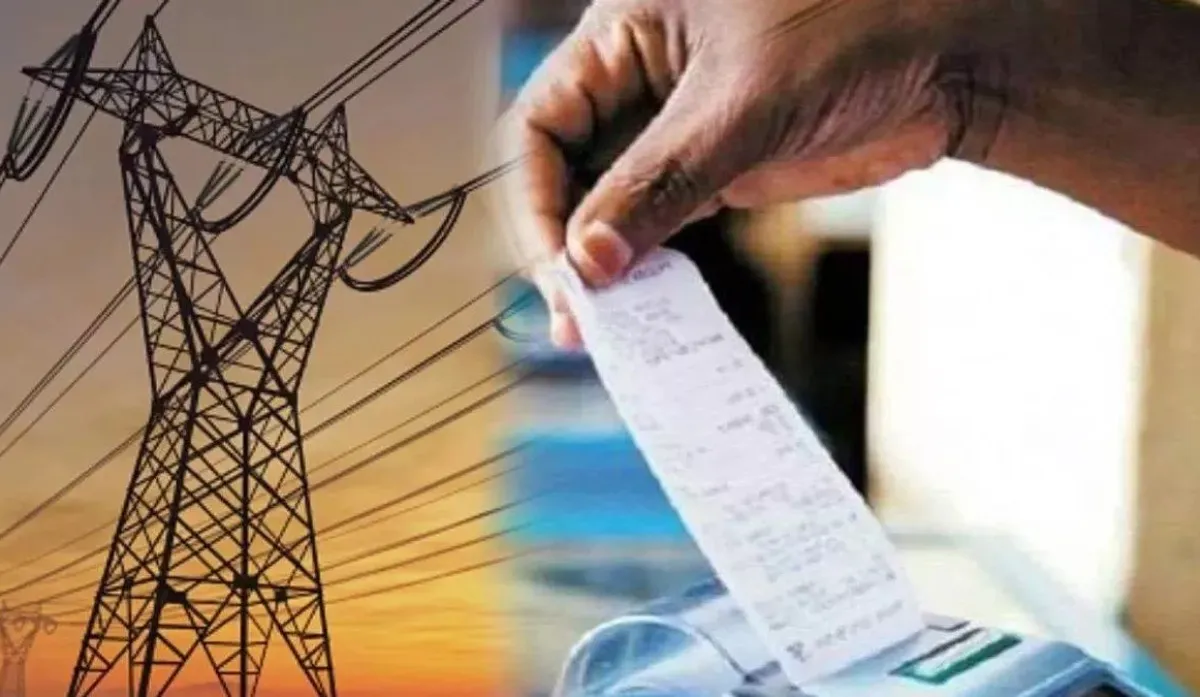The Supreme Court’s decision regarding the payment of regulatory assets to electricity distribution companies (DISCOMs) is likely to make electricity costlier in Delhi.
Regulatory assets are recovered from consumers by DISCOMs. At present, a regulatory surcharge of eight per cent is charged to consumers on electricity bills. However, with the latest apex court ruling, this may go up in the coming time.
The dispute over regulatory assets is not new, as the consumers and the BJP have been opposing it prior to the assembly elections. The BJP had blamed the then Aam Aadmi Party for the increase in regulatory assets of Discoms.
BJP leaders said that, except in a natural disaster or other unavoidable situation, Discom cannot claim regulatory assets. Such a situation does not exist in Delhi, yet Discom’s regulatory assets were allowed to increase.
ALSO READ: UER-2 Opening Date: Delhi’s 3rd Ring Road To Open On THIS Date, To Boost NCR Connectivity With IGI Airport
The organisations working for the benefit of power consumers and members of the Resident Welfare Association (RWAs) were also opposing the regulatory surcharge rise. They have been demanding an audit of the Discom’s claim. Meanwhile, Discom had gone to the Supreme Court for payment of regulatory assets. On Wednesday, the Supreme Court gave a decision in their favor.
As per the Supreme Court order, the three private power distribution companies in Delhi – BSES Rajdhani Power Limited (BRPL), BSES Rajdhani Yamuna Power Limited (BYPL), and Tata Power Delhi Distribution Limited (TPDDL) – have to get assets worth Rs 27,200.37 crore in three years.
The Delhi government has to clear all dues within a maximum of four years. As of March 31, 2024, BRPL has regulatory asset dues of Rs 12,993.53 crore, BYPL Rs 8,419.14 crore, and TPDDL Rs 5,787.70 crore.
ALSO READ: Delhi High Court Allows Release Of Udaipur Files, To Hit Theatres Tomorrow
What is a regulatory asset?
The expenditure incurred on the electricity network is claimed by the discom as a regulatory asset. Similarly, the loss incurred in purchasing expensive electricity and making it available to consumers at a lower price is also included in this item.
